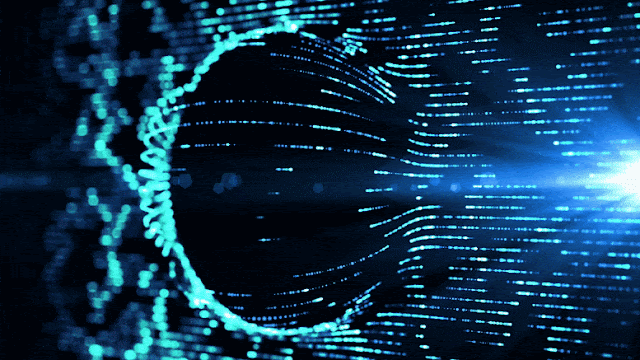New Experiment Could Confirm the Fifth Element
 |
An experiment has been designed that could confirm the
fifth state of matter in the universe — and change physics as we know it. If
proven correct, it would show that information is the fifth form of matter,
alongside solid, liquid, gas, and plasma. In fact, information could be the
elusive dark matter that makes up almost a third of the universe. |
An experiment that could confirm the fifth state of
matter in the universe — and change physics as we know it — has been published
in a new research paper from the University of Portsmouth in England.
Dr. Melvin Vopson, a physicist, has already published findings indicating that information has mass and that all elementary particles, the universe’s smallest known building blocks, store information about themselves, similar to the way humans have DNA.
Now he has designed an experiment — which if proved
correct — means he will have discovered that information is the fifth form of
matter, alongside solid, liquid, gas, and plasma.
Dr. Vopson said: “This would be a eureka moment
because it would change physics as we know it and expand our understanding of
the universe. But it wouldn’t conflict with any of the existing laws of
physics.
“It doesn’t contradict quantum mechanics,
electrodynamics, thermodynamics, or classical mechanics. All it does is
complement physics with something new and incredibly exciting.”
Dr. Vopson’s previous research suggests that
information is the fundamental building block of the universe and has physical
mass.
He even claims that information could be the elusive
dark matter that makes up almost a third of the universe.
He said: “If we assume that information is physical
and has mass, and that elementary particles have a DNA of information about
themselves, how can we prove it? My latest paper is about putting these
theories to the test so they can be taken seriously by the scientific
community.”
Dr. Vopson’s experiment proposes how to detect and
measure the information in an elementary particle by using
particle-antiparticle collision.
He said: “The information in an electron is 22 million
times smaller than the mass of it, but we can measure the information content
by erasing it.
“We know that when you collide a particle of matter
with a particle of antimatter, they annihilate each other. And the information
from the particle has to go somewhere when it’s annihilated.”
The annihilation process converts all the remaining
mass of the particles into energy, typically gamma photons. Any particles
containing information are converted into low-energy infrared photons.
In the study, Dr. Vopson predicts the exact energy of
the infrared photons resulting from erasing the information.
Dr. Vopson believes his work could demonstrate how
information is a key component of everything in the universe and a new field of
physics research could emerge.




0 Comments